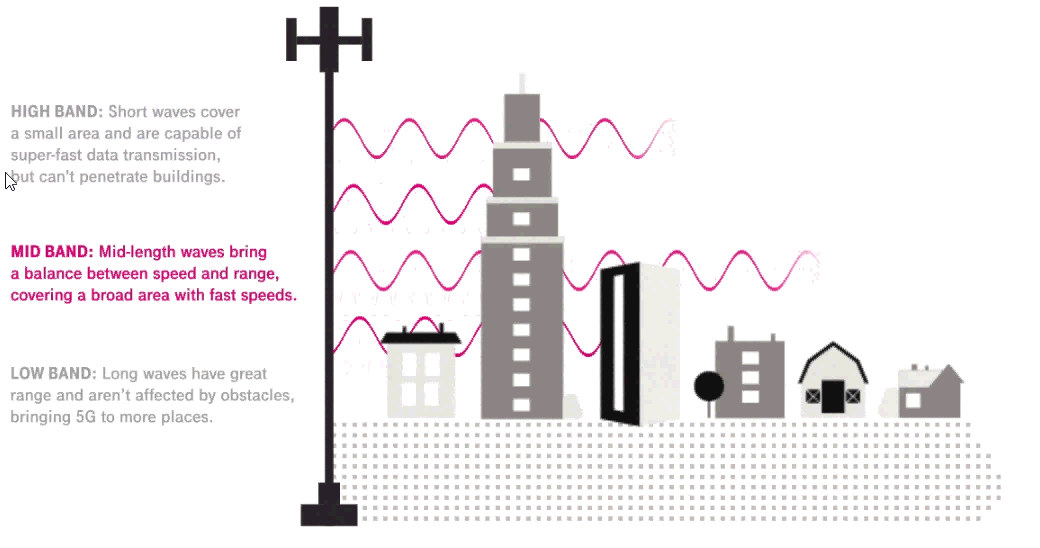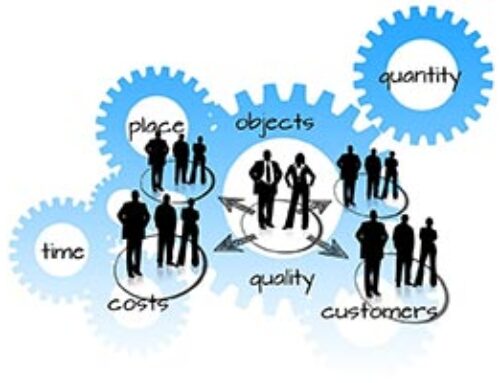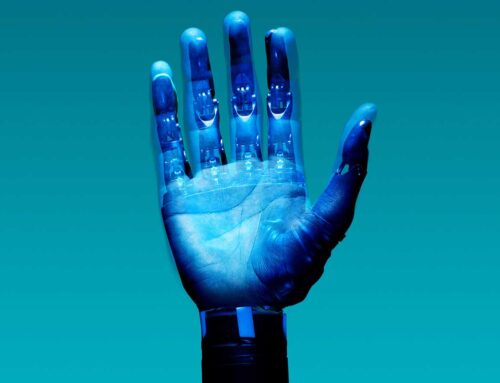 By Fred Binczewski MHA
By Fred Binczewski MHA
FredB@UpriseCG.com
July 21, 2020
The Covid-19 pandemic that we have found ourselves in for the last several months has led to a host and myriad of extreme choices, measures and regulations worldwide in an effort to hopefully control and undermine this elicit force of many unknowns. A benefit, or a change in attitude has resulted with the fact that we are now realizing and learning as healthcare goes forward, that a more seamless technological approach based on telehealth and variant solutions based on avoiding crowds, proximity to healthcare institutions, physical population living aspects and susceptibilities for immune-compromised patients is possible.
As we experienced the convergence of cable, HD, voice, data, telephony and various media 20 years ago, we are now heading into a merging of healthcare and 5G technologies in one respect, in answer and expedited by the pandemic. What does this all mean? The following illustration shows the differences between multiple High, Mid and Low 5G Band applications.

High-band wave frequencies have greater bandwidth available to carry more data in dense urban areas but require cell sites to be in close proximity and have limited penetration in buildings. Mid-band balances speed and range, providing broader coverage than High-band, less impacted by buildings. However, much of its bandwidth is already in use, so there’s not a lot available for 5G growth. Finally, Low-band, travels farther than other bands—over hundreds of square miles—and can pass through more obstacles, providing a better, more reliable signal both indoors and out.
The implications of 5G technology for hospitals and healthcare organizations has been realized in some sectors such as telehealth. In many cases, patients in rural settings can now easily interface with their physician for care and vital health maintenance regardless of where they live. We are also seeing the rapid advantages of this type of communication and data transfer in many areas due to the pandemic. But, the true value and implications for 5G and the healthcare industry is certainly a futuresque scenario. 5G can link gadgets like wearables, medical implants, aged care trackers, and toobrushes that look for symptoms and spot irregular data, sending that information back to your doctor. This technology also brings internal imaging, like ultrasounds, x-rays, MRIs, X-ray vision and robotic remote surgeries to the forefront of reality patient care. As for hospitals, smart hospitals will become the norm, where according to AT&T, 5G networks will make healthcare organizations “self aware, intelligent interactive and predictive.”
With all this information, the truth is, that 5G is not available in many areas of the United States and building this connective network is the present challenge. On the other hand, most of us are using what we believe is a fast form of communication already so in order to utilize these networks, we must have 5G capable devices. This gap, however, is quickly evaporating because of the high demands of consumerism on today and tomorrow’s media convergence requirements. The day for healthcare, where you as a patient is identified as soon as you park your car and enter the process of a new patient cycle forum based on technologies we are only starting to realize.
Finally, from all of us at UpriseCG, I would like to also express our deepest gratitude and acknowledge the importance of Patient Access and Registration staffing for all they do. In my last newsletter, I gave thanks to the front line medical staffing for their relentless drive for excellent patient care. This time our friends in Patient Access are part of that front line as well making sure that all patients are greeted and treated with kindness, required information is recorded accurately and then and only then, patients are sent on through the patient cycle of care. Stay safe and diligent. See you next week in…. This week in HealthCare
Source: T-Mobile, AT&T, CNET
Uprise Consulting Group, Inc., Eliminating Denials Today, Tomorrow and into the Future.
Together, We are paving a road for the Best Patient Experience. Visit us on LinkedIn.





